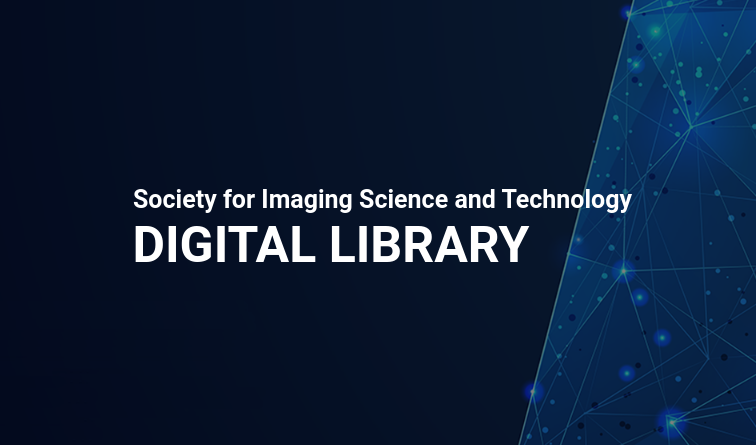
In recent years, we have seen remarkable progress in the production technology of inexpensive printers for personal use. Using such printers, it is now possible for us to print very high quality images. However, it is very difficult to output as printed images all of the objects or information contained in a scene that actually is sensed with the human eye. It is even possible for the human eye to sense details in an object or scene that are very bright and dark in the vision field. This is considered to be related to the fact that, in the human eye, the range on which the eye focuses fits well in a field of vision. That is, if we pay attention to a darker section, the pupil adjusts to that section, and other portions are blurred so to speak. Conversely, if we pay attention to a brighter section, the pupil adjusts to that section. With such an adjustment mechanism, we can sense details to a certain extent even when the differences in brightness of an object or scene are large. However, it is difficult to express the information about such subjects or scenery in an image when only a constant exposure can be established. In this regard, a method is proposed in which we don't lose the information sensed with the eyes when producing an output of an image. This is a method for expressing more information in an image by collapsing the balance of brightness intentionally and expanding local dynamic ranges. We have named the method the Adaptive Dynamic Range Improvement Algorithm (ADRIA).ADRIA is an automatic image-processing algorithm that minimizes loss of information and sense of incongruity by collapsing the brightness balance in a printed image as a whole on a minimum level.
Kosei Takahashi, Masato Nakajima, "Adaptive Dynamic Range Improvement Method for Personal Printer Device" in Proc. IS&T Int'l Conf. on Digital Printing Technologies (NIP15), 1999, pp 342 - 345, https://doi.org/10.2352/ISSN.2169-4451.1999.15.1.art00089_1
